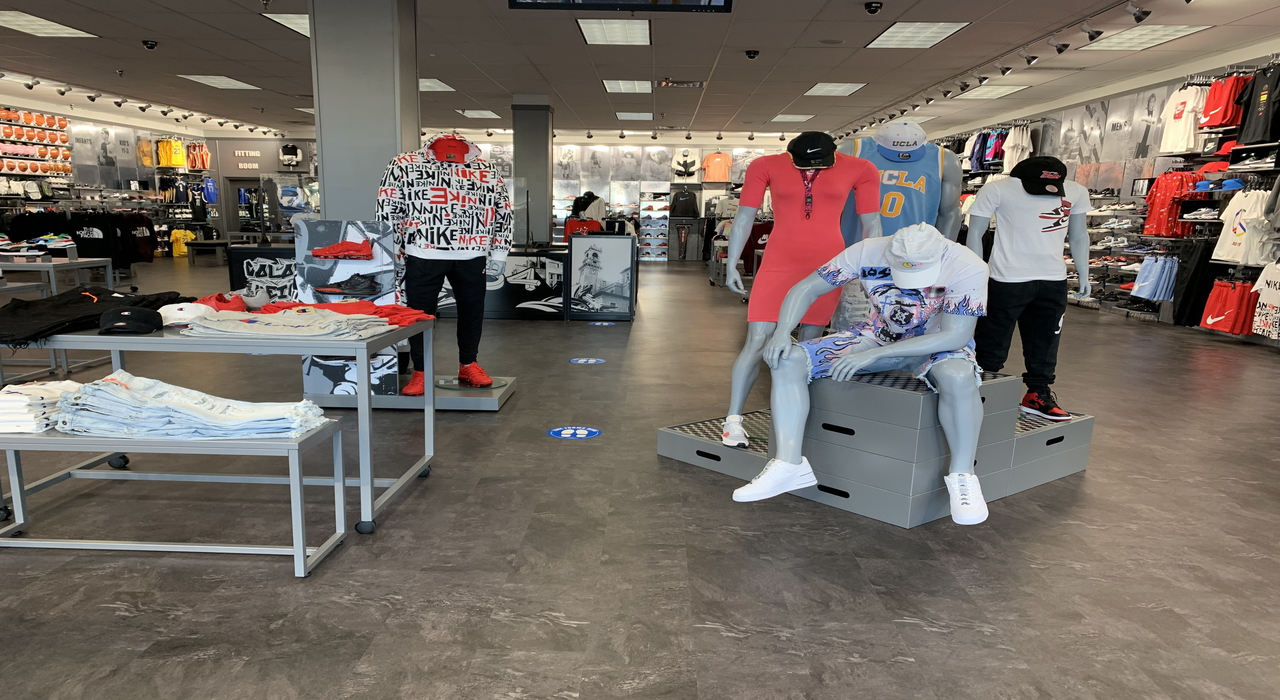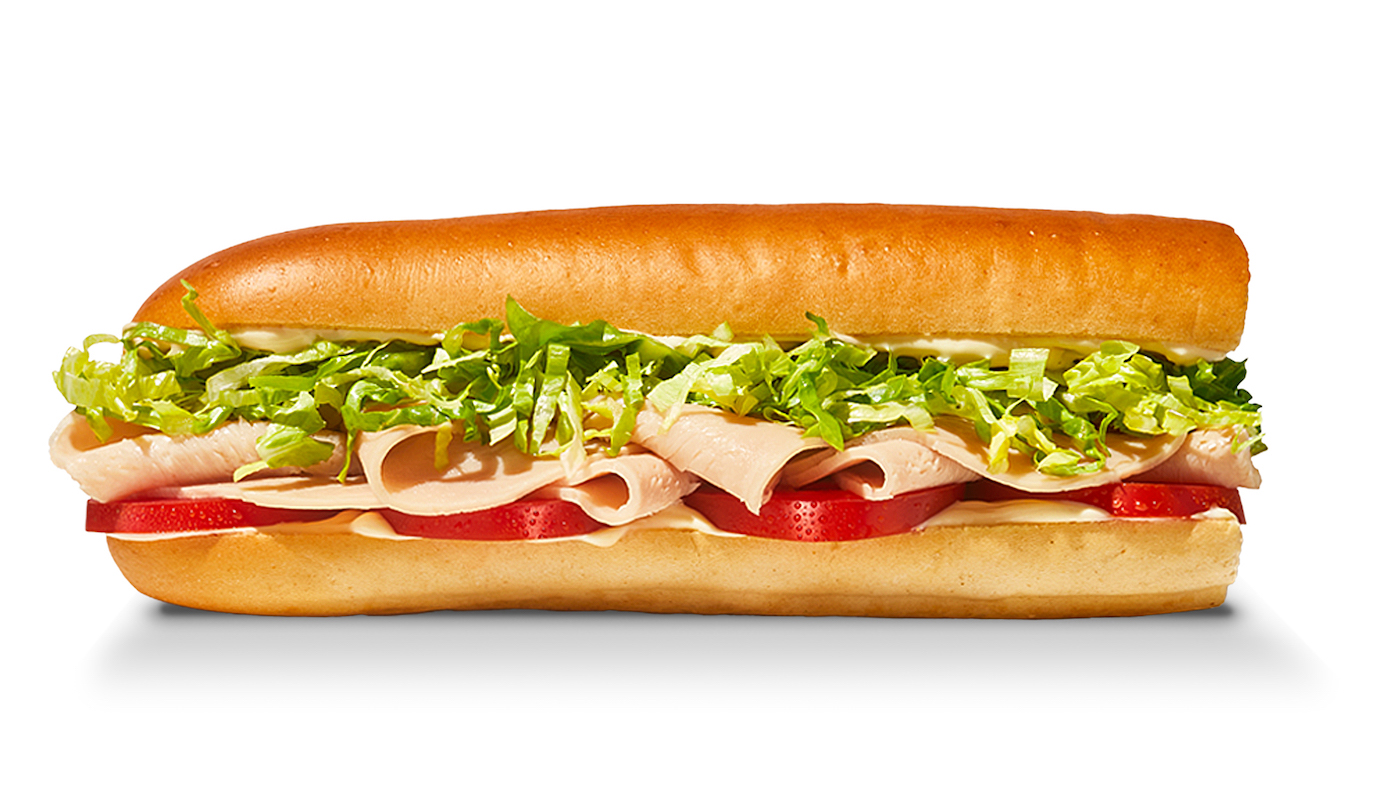Restaurants Open Today – yeah, that’s the ultimate question, right? Finding a bite to eat when you’re hungry is a universal experience, but navigating the world of restaurant hours can be a total pain. This exploration dives into the nitty-gritty of how people search for open restaurants, the tech behind keeping that info up-to-date, and how to design a killer website or app to help people find their next meal.
We’ll cover everything from finding reliable data sources to crafting a user-friendly interface that’s easy on the eyes and helps people quickly find what they crave.
We’ll tackle the challenges of dealing with inconsistent restaurant hours, especially on holidays or during special events. We’ll also explore different ways to display this info – think interactive maps, categorized lists, and even slick HTML tables. Plus, we’ll look at how to integrate user reviews and ratings to help people make informed decisions about where to eat. Basically, we’re making sure everyone can find a delicious meal, no matter the time or day.
Understanding User Search Intent for “Restaurants Open Today”
The search query “restaurants open today” reveals a user’s immediate need for dining options. Understanding the nuances behind this simple phrase is crucial for providing relevant and helpful information. This involves considering various factors influencing the search, from the user’s specific needs to the context of their search.
Reasons for Searching “Restaurants Open Today”
Users search for “restaurants open today” for a variety of reasons, all stemming from a desire for a meal or dining experience at a convenient time. This could range from a spontaneous lunch decision to a planned dinner outing. The urgency implied by “today” suggests a time-sensitive need.
- Hunger and immediate need for a meal.
- Spontaneous decision to eat out.
- Planning a dinner date or group outing.
- Looking for options after a specific event or activity.
- Searching for takeout or delivery options.
User Demographics and Needs
Different demographics have varying needs when searching for restaurants. For example, college students might prioritize affordability and proximity, while families might seek kid-friendly options with ample seating. Business travelers may focus on convenience and proximity to their hotel or meeting location.
- Students: Budget-friendly options, delivery services, late-night availability.
- Families: Kid-friendly menus, high chairs, family-sized portions.
- Business Travelers: Proximity to hotels or business districts, quick service options.
- Tourists: Restaurants in tourist areas, variety of cuisines, unique dining experiences.
Influence of Time and Day
The time of day and day of the week significantly impact search intent. Lunchtime searches will prioritize quick-service restaurants, while evening searches might include more diverse options. Weekend searches often focus on brunch spots or restaurants suitable for social gatherings.
- Lunchtime: Fast food, cafes, quick-service restaurants.
- Dinnertime: Wider range of options, including fine dining and casual restaurants.
- Weekends: Brunch spots, family-friendly restaurants, restaurants with a lively atmosphere.
Types of Restaurants Sought
The type of restaurant sought varies greatly. Users might specifically search for fast food, fine dining, specific cuisines (e.g., Italian, Mexican), or restaurants with particular features (e.g., outdoor seating, vegan options).
- Fast food: Speed and convenience are key.
- Fine dining: Special occasion, high-quality food and service.
- Specific cuisines: Satisfying a craving for a particular type of food.
- Restaurants with specific features: Meeting specific needs or preferences.
Data Sources for Restaurant Information
Accurately determining which restaurants are open requires reliable data sources. Multiple sources should be used to ensure accuracy and address potential inconsistencies.
Potential Data Sources
Source: googleusercontent.com
Several sources can provide restaurant operating hours, each with varying levels of reliability and completeness. It’s beneficial to combine information from multiple sources for better accuracy.
- Online directories (Yelp, Google Maps, TripAdvisor): Widely used, but data can be outdated.
- Restaurant websites: The most reliable source, but not all restaurants maintain updated information.
- Social media (Facebook, Instagram): Can provide real-time updates, but not consistently reliable for hours.
- Direct calls to restaurants: Most accurate but time-consuming and impractical at scale.
Reliability and Completeness of Data Sources
Online directories often lag in updating information, while restaurant websites are more reliable but may lack consistent updating practices. Social media can offer real-time insights but lacks standardization. A combination of these sources is ideal, with restaurant websites prioritized.
Challenges of Keeping Data Up-to-Date
Maintaining accurate restaurant operating hours is challenging due to factors such as staff shortages, unexpected closures, and inconsistent updating practices by businesses. Automated systems and user feedback mechanisms are needed to mitigate these challenges.
Hypothetical System for Collecting and Verifying Data
A system combining web scraping of restaurant websites, social media monitoring, and user feedback could be implemented. This system would need automated alerts for discrepancies and mechanisms for user verification to ensure data accuracy. A human review process would be necessary to handle edge cases and resolve inconsistencies.
Presenting Restaurant Information Effectively
Presenting restaurant information clearly and concisely is critical for user experience. A well-designed interface makes it easy to find the needed information quickly.
Example Webpage Using HTML Table
Here’s an example of a responsive table displaying restaurant information:
| Restaurant Name | Cuisine | Location | Hours |
|---|---|---|---|
| The Cozy Cafe | American | 123 Main St | 11am-9pm |
| Luigi’s Pizzeria | Italian | 456 Oak Ave | 11am-10pm |
| Taco Fiesta | Mexican | 789 Pine Ln | 11am-11pm |
| Sushi Zen | Japanese | 101 Maple Dr | 5pm-10pm |
Alternative Presentation Methods
Beyond tables, maps and categorized lists offer effective ways to present restaurant data. A map interface allows users to visualize restaurant locations and filter by cuisine or other criteria. Categorized lists help users quickly find restaurants matching their preferences.
Design Principles for Accessibility
Clear headings, concise language, mobile responsiveness, and sufficient contrast are crucial for accessibility. Prioritize clear visual hierarchy and ensure information is easily scannable.
Incorporating User Reviews and Ratings
Integrating user reviews and ratings enhances credibility and helps users make informed decisions. Displaying star ratings prominently and providing snippets of reviews can influence user choices.
Handling Exceptions and Special Cases
Restaurants often have irregular hours due to holidays, special events, or unforeseen circumstances. Handling these exceptions requires robust data management and clear communication to users.
Handling Irregular Hours
The system should accommodate variations in operating hours, perhaps allowing restaurants to specify hours for specific days or dates. Clear communication of these exceptions is crucial to avoid user frustration.
Challenges with Limited Data
Locations with limited or unreliable data require strategies for informing users about the lack of complete information. This could involve displaying a message indicating limited data availability or providing alternative search options.
Get the entire information you require about mahjongg dimensions msn on this page.
Dealing with Inconsistent Information, Restaurants Open Today
Discrepancies in restaurant information can be addressed by flagging inconsistencies and prioritizing data from reliable sources. A feedback mechanism allowing users to report inaccuracies is essential.
Communicating Temporary Closures
Temporary closures should be prominently displayed, using clear messaging and potentially incorporating visual cues like a temporary closure banner. Users should be informed of the expected reopening date, if known.
Illustrative Examples
Visual representations are crucial for effective communication. The following examples demonstrate how to display restaurant information visually.
Restaurant Listing
A restaurant listing could display the restaurant’s name in a large, bold font, followed by its address, cuisine type (with icons for visual clarity), operating hours (using a clear, concise format), and a brief description highlighting key features or specialties. The overall style should be clean and uncluttered, with a consistent color scheme and font.
Map Interface
A map interface would show open restaurants as markers, color-coded by cuisine or price range. Users could zoom in and out, filter by criteria, and click on markers to see detailed information about each restaurant, including hours, reviews, and a link to their website. Interactive elements, such as a search bar and filtering options, would enhance user experience.
Operating Hours Display
A concise and clear way to show operating hours could involve a daily breakdown using a compact table or a visually appealing horizontal bar graph showing open and closed times. Days with varying hours would be clearly indicated, with the option to expand for detailed daily information.
Ultimate Conclusion: Restaurants Open Today
So, there you have it – a deep dive into the world of finding restaurants open today. From understanding user search intent to designing intuitive interfaces, we’ve covered the key aspects of helping people find their next meal. By leveraging reliable data sources, employing effective presentation strategies, and addressing potential challenges, we can create a seamless and enjoyable experience for hungry users everywhere.
Now go forth and conquer those late-night cravings!




